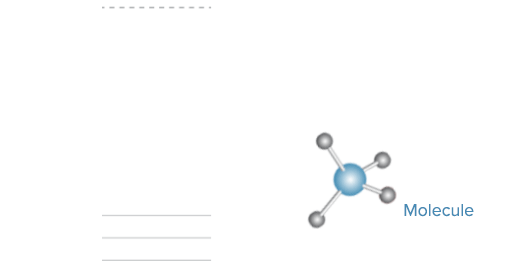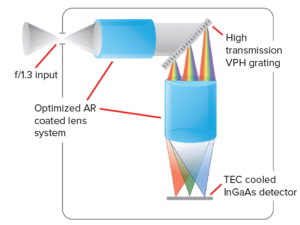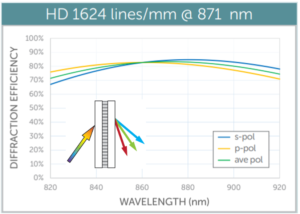Raman spectroscopy is an excellent tool for qualitative and quantitative analysis of a variety of chemical compounds and materials. The Raman spectrum provides information on chemical bonds in a system and can be used to identify which functional groups are present in a molecule, as well as the concentration of a species (with the correct calibrations).

Larger molecular systems have more vibrational degrees of freedom, often resulting in more peaks in the Raman spectra. Depending on the energetic separation of the vibrational modes, this can lead to a large amount of spectral congestion, where different vibrational bands overlap and cannot be resolved.
The resolution of the Raman spectrometer is therefore very important when working with different types of samples. Wasatch Photonics offer an extensive range of Raman instruments and many of those come with customizable slit widths, a key factor in determining the energy resolution of the final measurements.
Resolution Determination
A Raman measurement works by exciting the sample of choice with a laser beam of a given wavelength and monitoring the resulting Raman scattered light. This scattered light is collected, and often focused, onto a grating to disperse the spectrum into its wavelength components before it is focused onto a detector for recording.
 There are several key components that determine the ultimate spectral resolution. The first of these is the slit size. A narrower slit will result in a higher resolution spectrum but will limit the light throughput. Therefore Wasatch Photonics allows customization of their spectrometers with a variety of slit sizes tailored to customers’ needs to balance the expected throughput with desired resolution.
There are several key components that determine the ultimate spectral resolution. The first of these is the slit size. A narrower slit will result in a higher resolution spectrum but will limit the light throughput. Therefore Wasatch Photonics allows customization of their spectrometers with a variety of slit sizes tailored to customers’ needs to balance the expected throughput with desired resolution.
The Optimal Raman Grating
Another key component for determining the spectral resolution of a Raman spectrometer is the dispersive grating used for detection. The dispersion of a Raman grating depends on the number of ruled or imaged lines per millimeter (lines/mm or lpmm). The more lines/mm, the better the spectral resolution, but this also limits the working spectral range of grating, so there is a compromise to be made for what is best for required measurements. Typically, a Raman grating is optimized for the desired wavelength range, with the fingerprint range (up to 1500 cm-1) being considered the minimum for analysis. Many of Wasatch Photonics’ instruments contain gratings suitable for recording Raman spectra over a broader spectral range, up to 5000 cm-1.
 Wasatch Photonics’ Raman spectrometers and systems make use of our patented volume phase holographic (VPH) gratings, which offer much greater transmission efficiencies than standard surface relief gratings while also achieving excellent spectral resolution. This is combined with Littrow configurations for the detection scheme to ensure good focusing at all wavelengths on the full detector range to improve resolution and detection efficiency.
Wasatch Photonics’ Raman spectrometers and systems make use of our patented volume phase holographic (VPH) gratings, which offer much greater transmission efficiencies than standard surface relief gratings while also achieving excellent spectral resolution. This is combined with Littrow configurations for the detection scheme to ensure good focusing at all wavelengths on the full detector range to improve resolution and detection efficiency.
The use of VPH technology to manufacture Raman gratings also offers reduced polarization dependence and minimization of internal scatter to suppress background arising from scattered light in the optical bench. The higher throughput also reduces the spectral acquisition time without the need to compromise on lower resolution scans. Each grating is customized to the optical layout of the desired Raman spectrometer for the perfect match.
Finding the optimal choice of Raman grating for your specific application depends on whether you need very high resolution over a limited range or measurements that span the full breadth of the Raman spectrum, with some devices even covering up to 5000 cm-1. For others, resolution as low as 4 cm-1 are achievable making it possible to distinguish samples with closely spaced Raman spectral bands.
Whether you need a Raman grating for your own instrument design or prefer a ready-made Raman spectrometer to accelerate your system development, we can help. Contact us today.


